Point of Sale Development
Generate the most versatile point of sale system to boost revenue, streamline operations, and delight your customer with a great experience.

Why POS?
Point of Sale (POS) system helps retailers to manage their physical stores with ease. It lets retailers manage the product’s along with the inventory. POS holds all the tracks for customers and their respective orders with an eye on business loyalty programs, which in return results in a better shopper experience.
You can check the perks of having a Point of Sale System for a retail store below –

Payment Modes
POS provides the functionality for the payment in an easy and sorted format.

Product Inventory Management
The admin can assign inventory to the outlet based on sources.

Customer Management
The salesperson can easily add customers to the POS and select them at the time of checkout.

Better Sales Tracking
Outlet tracking includes details like revenue, tax, shipping, quality

Staff Actions
The salesperson can easily add customers to the POS and select them at the time of checkout.

Reduces Mistakes
POS helps to reduce the mistake that tends to happen in the case of manual update
Get a Call From Us
Cloud Omni-Channel POS
Cloud-based POS software is what we recommend to enterprises, as they are low on costs and high on accessibility. Cloud POS is built on top of native components of modern desktops and mobile devices which makes them an ideal choice for the omnichannel selling approach.
Cloud is everywhere and so is Cloud POS. A centralized system brings portability and empowers the “go and sell” methodology.

Cost friendly
Omnichannel POS system helps in managing all stores at any point without investing more.

Works on cross devices
POS should not be device dependent. It should work on all the devices.

High on accessibility
POS data consistency on all the cross platforms.

Remote Conditions
Works even in remote conditions and then sync data with a central system.

Real-Time Information
Omnichannel helps to sync all channel’s data and provide real-time information on needs.

Highly Scalable
POS Omnichannel feature helps to scale business at owners vision.
Traditional isolated POS
The technology changes at a faster pace and a cash register have already been turned into a digitalized system before a decade or two.
It all began with a traditional POS System in the beginning. A traditional POS machine is set up with its own physical server along with the heavy machinery. A traditional POS is truly hardware dependent and requires a huge setup for getting started.
It is meant for the largely scaled merchants and has better productivity and shopping handling experience, but it does have some limitations like –
- Not cost-friendly
- High maintenance charges
- No cross-channel integrations
- Bulky hardware
Types of POS: Web-Based & Native POS
There are two types of point of sale systems, web-based and native POS. A web-based POS runs on a web browser (as a URL) that connects to your server and automatically syncs information with your website.
While a native POS system works as a completely native application that is installed and runs on a device such as an Android tablet or Apple iPad. Being a native app, it provides deep integration with the device hardware resources and takes advantage of the platform.
Where to use POS?
For eCommerce businesses, the Point of Sale system will bring a boon to sales and revenue. Wherein, you are giving the opportunity to the customer to make the shopping from the online store as well as from the physical store.
POS systems are not just limited to eCommerce business, it can be used for many other types of businesses. From taking orders in a coffee shop, booking hotel rooms, selling event tickets, retail stores, or restaurants.
Point of Sale for any business will help to increase customer satisfaction and hence increase the growth of the business. It builds trust between the brand and its users.
Online Integrated POS
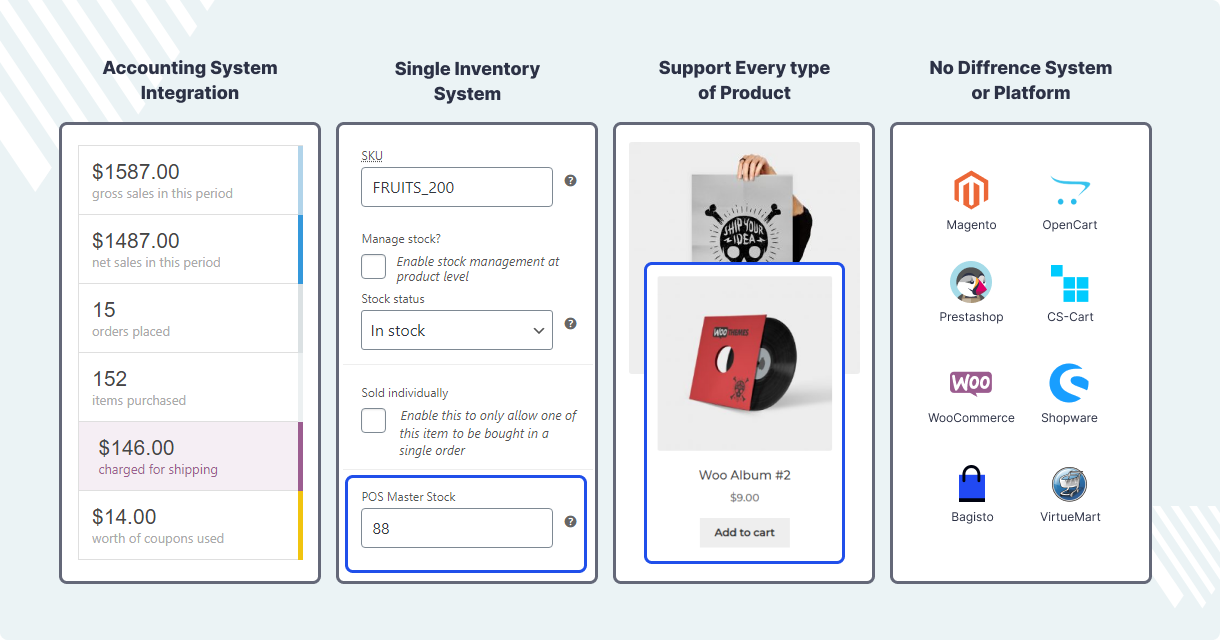
With this seamless integration, all the information is available across all the channels. So once you take an order on POS, it is immediately updated on the database.
So apart from checking orders from a POS device, you can log in to your website and check all the POS orders processed. Or log in to your mobile app and view or print sales receipt easily.
POS – Offline First Approach
Internet connection is needed to sync POS information to the server, but when you go offline the POS system continues to work. With offline mode, you still can place an order, add customers, print sales receipts, and record all the transactions. POS system automatically saves this data on its local storage and keeps your business running as usual.
Whenever the internet connection comes back online, POS reconnects to the server and syncs all the offline orders on its own. Sohoon POS system supports offline merchants and retail stores that have poor network connectivity or don’t require 24×7 internet access.
POS Inventory Management
Inventory management is the most tricky part of any store. It should be managed in a proper way to keep track of every catalog.
Powerful inventory management using barcode allows you to track thousands of product SKUs and categories easily. You can assign products and categories to multiple POS outlets.
A good POS inventory management helps the businesses to keep track of the POS outlet items. Also, it helps to reorder inventory automatically. And transfer products between different stores.
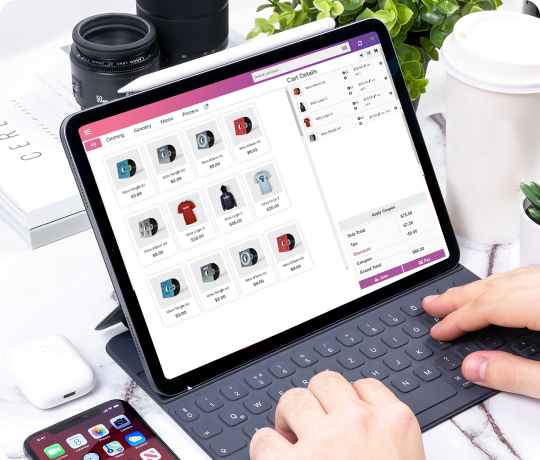
Multichannel Inventory Management
Barcode Scanning Support
In Point of Sale, we have already discussed the importance of inventory management. Now, for managing inventory in an efficient way, barcode scanning support comes into the picture on POS.
Barcode scanning now helps to smartly search and add products to the Sales order using on Point of Sale. It POS agents to effortlessly scan the product and add it to the sales order accordingly.
A barcode scan is fast and reliable and takes a very less time than entering data manually. Using the barcode system a POS agent can quickly identify the products. And it takes a very less amount of time to complete the checkout process as compared to manual entry of products.

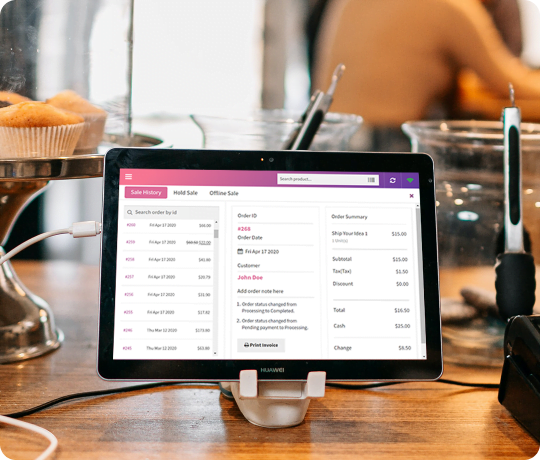
POS Outlet Inventory Control
When it comes to the POS, for retailers to know how much inventory they have is a must. It helps them to track the inventory and let them know how much they need.
As we know that, the traditional approaches of inventory management require the retail agents to manually review the level of stock on a day to day basis. This was a time consuming process that includes lots of effort, especially for large scale businesses.
So, executing this with a proper inventory management will reduce a lot of manual counting and paperwork. The POS allows you to mention quantity on hand for your outlets and automatically deducts from master stock when a sale is done.
Bulk Product Assignment using CSV file
As we know, if you are planning to introduce the Point of Sale system anywhere in your business, then product assignment to the POS outlets will be a pain. Because in general, there are numerous products available for the customer in any eCommerce business.
So here to make things easy, the mass product assignment comes into the play. With the help of it, the business owner can mass assign the products to the POS outlets. It reduces lots of manual effort and time too.
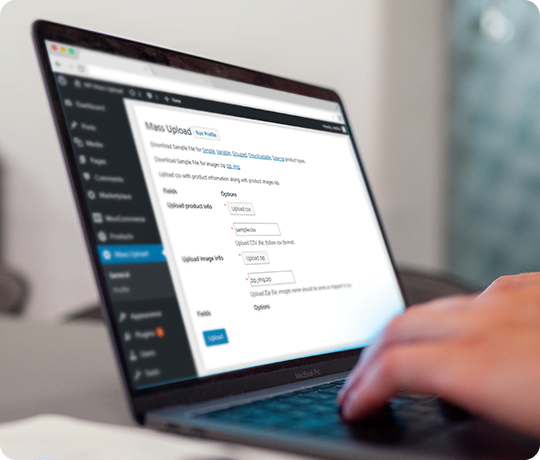
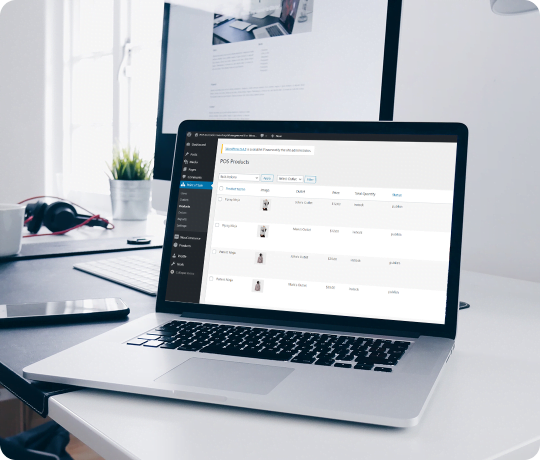
Distribution based on Products or Categories
There may be the case where the POS outlets will be based on the different catalog or categories. In such cases the distribution based on the products or categories comes into play. The products are assigned to the outlet either as per each product or as per the category associated with them.
Also, in other aspects, distribution makes a product available for purchase through the market. Every business has their individual need, so as per that they can manage the catalog distribution.
This process is also dependent on the market research wherein the merchant will get to know the need of any particular catalog in any certain areas or for certain target customers.
Sync Inventory Across Multiple Outlets
Inventory Synchronization is a must have feature that any POS System can have. Also, not only for the online but for the offline POS too. It helps to maintain the synchronisation in the inventory throughout all the channels.
The stock of goods will be synchronized in real-time with all the outlets. That refers to the fact if there’s a chance at one end it will be reflected on the others. It will help to maintain integrity among all the channels.
Also, in a way, it enhances the user experience and provides them more transparency. Real time synchronisation eliminated a lot of extra efforts from the merchant end too.
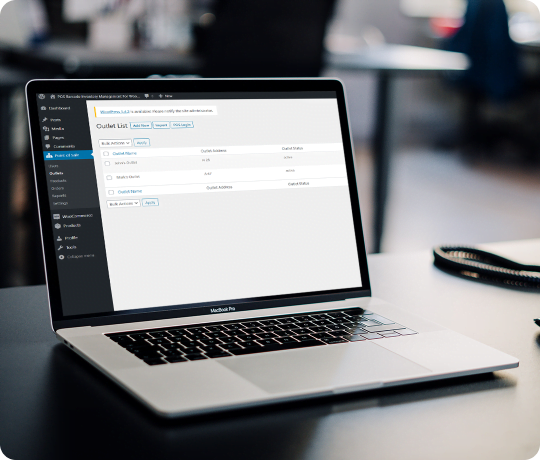
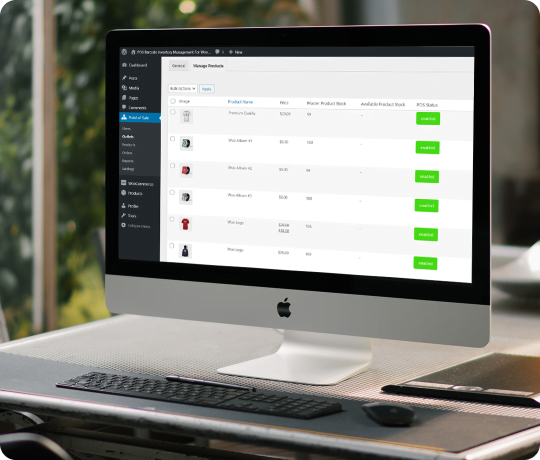
Single View to Check all the Assigned Inventory
Now the admin from the backend can view the set of the complete inventory. It will contain all the useful information about the product for further assignment and inventory management.
Keeping a count of all the inventory and inhand stock across physical stores is complex. Webkul POS allows you to mention quantity on hand for your outlets and automatically deducts from master stock when a sale is done.
POS Hardware Support
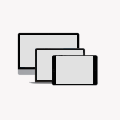
Display Device
Any Android Tablet, iPad, Laptop, Mac, Desktop PC having at least 7.5″ screen size with 1280×800 px. (Min.) the resolution will work.
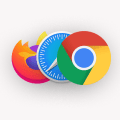
Web Browser
Various web browsers are supported – IE, Firefox, Chrome, Safari, Opera.
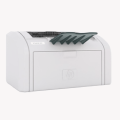
Barcode Label Printer
Design customized barcode labels and paste them on your products.
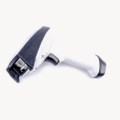
Barcode Scanner
Use Bluetooth enabled or USB connected barcode scanner to scan barcodes and update inventory.
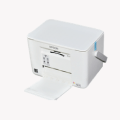
Receipt Printer
Connect your thermal printers via RJ11/RJ12 port, USB or any other connection and print custom sales receipts.
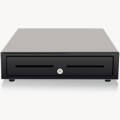
Cash Drawer
Open and close cash drawer/cash register, once it is connected with your receipt printer.
Schedule a Call
You can contact us anytime for any query or technical issue. You can also share your idea with us and we will polish your idea and offer you affordable and efficient solution of your problem. Our mostly clients are from USA, UAE, Pakistan, Kuwait, Ireland, and Canada but we are happy to work with clients from all over the globe. We deal clients only in the following languages: Urdu, English, Hindi, and Punjabi.
